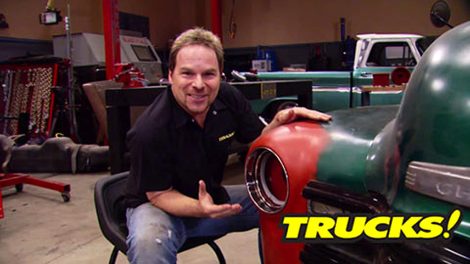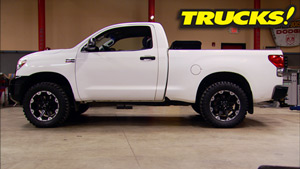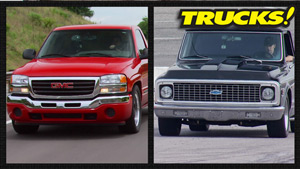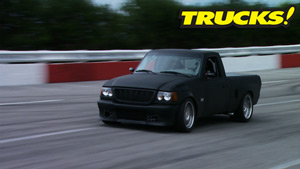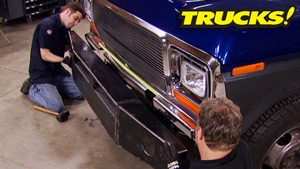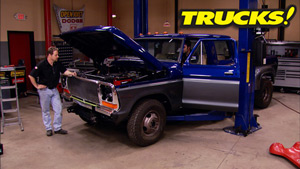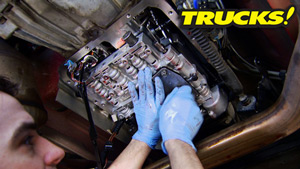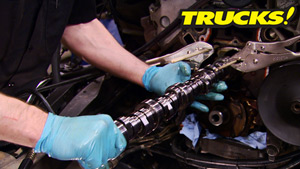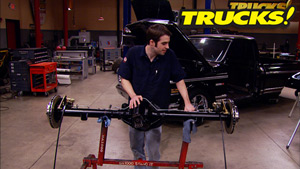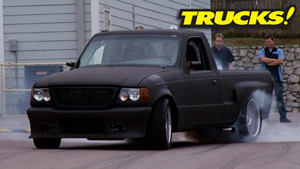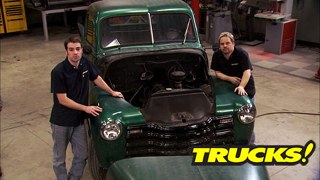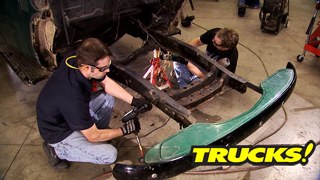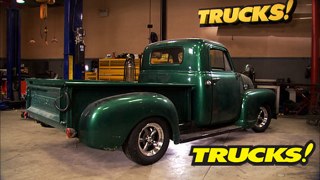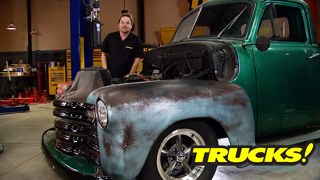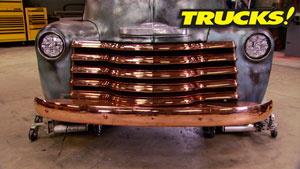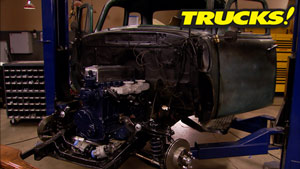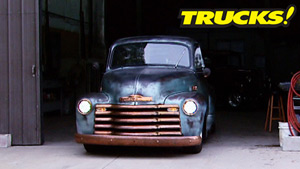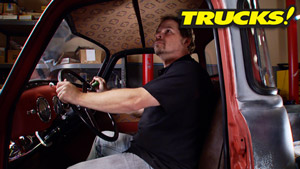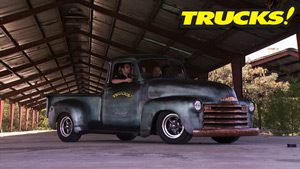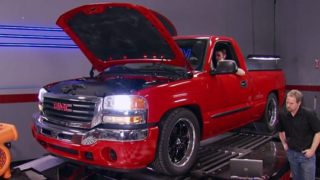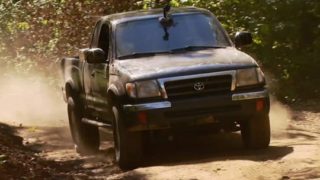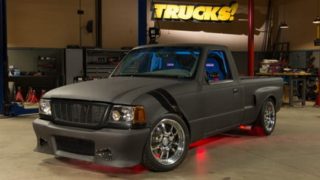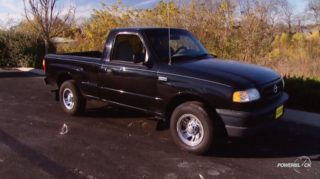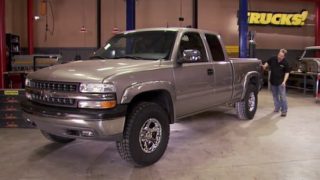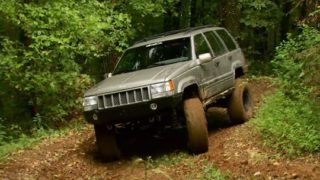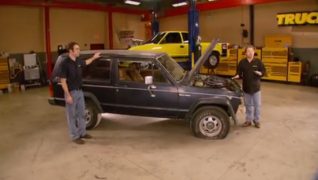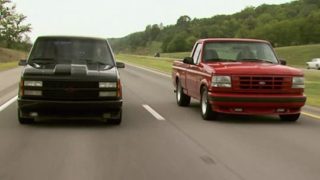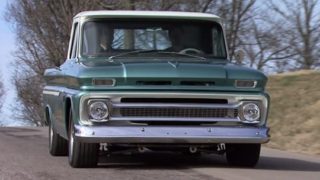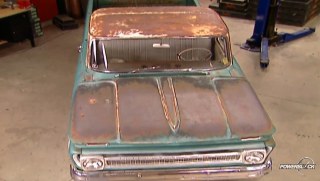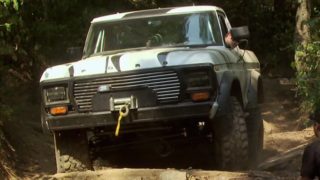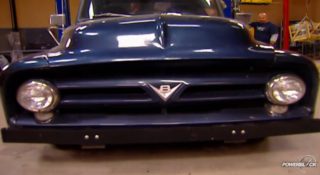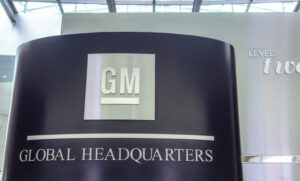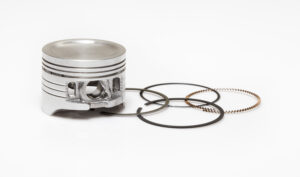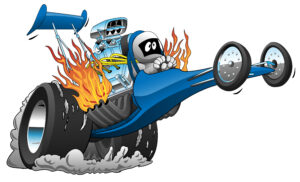More '49 Chevy 3100 "ClasSix" Episodes
Trucks! Builds
Want more content like this?
Join the PowerNation Email NewsletterParts Used In This Episode
Auto Body Color & Supply Co.
KREW 600 hand towels
Certified Auto Recycling
Used 8.8 rear axle housing with 3.73 gears, limited slip differential and disc brakes.
Gold Eagle Co.
104+ Octane Boost тАУ REGULAR Formula.
Gold Eagle Co.
STA-BIL Fuel Stabilizer.
Jim Weimer Rod Garage
Set of four stamped Mustang II arms. Mustang II spindles. Strut Rod Kit with Hardware. Bushing kit for strut rods. Calipers with rotors, bearings and seals.
Matco Tools
4-1/2" Electric Grinder.
Matco Tools
Pneumatic air saw with swivel inlet.
Mustang Project
1959 Cadillac Sequential Tail Light Kit.
Mustang Project
64-66 Shelby Tail Light Conversion Kit.
Mustang Project
LED Headlight Kit.
O'Reilly Auto Parts
104+ Octane Boost, Regular Formula, 104+ Octane Boost, MAXIMUM Formula. (2) EACH
O'Reilly Auto Parts
Fuel line 3/8" and 5/16" 25 FT. Each, Vacuum hose 7/32" and 1/4" 50 FT. each
RPPG Inc.
1959 Caddy Tail Light Buckets.
RPPG Inc.
Custom beams frenched headlight kit.
RPPG Inc.
LI'L Frenchie Antenna Kit.
The Industrial Depot
.040 cut-off wheels
The Industrial Depot
.040 cut-off wheels
Welder Series
Triangulated rear four link kit. C-notch kits and frame bend sections. Rear axle bracket for mounting coil-over shocks.
